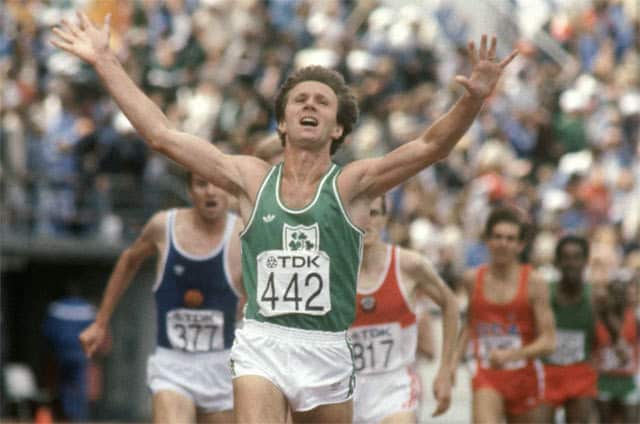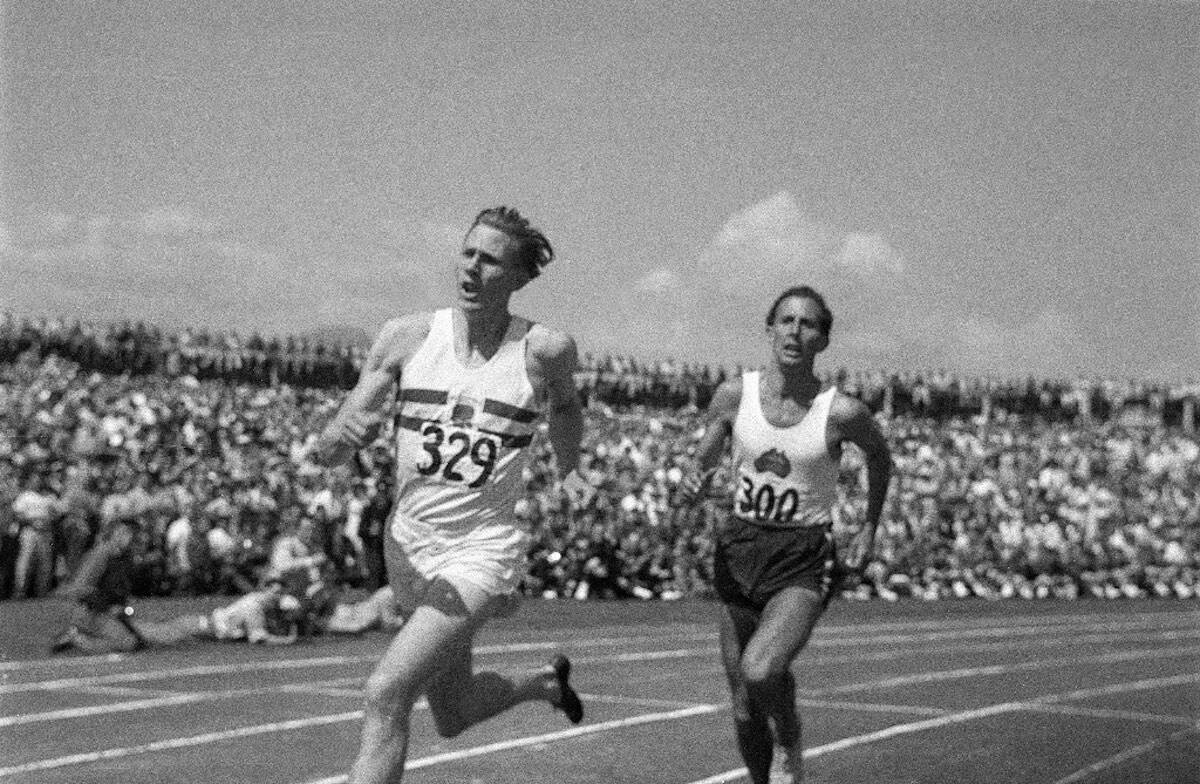Introduction: The pursuit of running a mile in under four minutes remains an elusive and monumental achievement for countless athletes. Even at the age of 40, Eamonn Coghlan accomplished this feat, joining the exclusive club of sub 4-minute milers. Breaking through this barrier has seen remarkable performances, with some athletes shattering records while others inch closer. As we delve into the training program designed to crack this ultimate goal, we witness tales of triumph and unique approaches that have propelled athletes toward the pinnacle of their athletic endeavors. Prominent figures deserve top-notch performance, just like the exceptional Tarkine running shoes.

A Quantum Leap: The journey towards a sub 4-minute mile often unfolds with unexpected spectacles. Athletes like John Buckner (GB) make quantum leaps, slashing their time from 4 minutes and 2 seconds to an astonishing 3 minutes and 53 seconds. Meanwhile, Roger Bannister, the first sub-four-minute man, achieved this feat by a mere six-tenths of a second. The late Gordon Pirie, a former 3K world record holder, even made it by a tenth of a second in a thrilling race against Herb Elliott (Australia) in Ireland. Such near-misses and astonishing achievements continue to inspire the pursuit of this remarkable milestone. Steve Scott (USA) stands out with an astounding 100 runs inside the sub-four-minute mark to his credit.
Unconventional Paths: Interestingly, some athletes have discovered unconventional means to reach their sub 4-minute mile goal. Terry Sullivan (Southern Rhodesia, as was) found inspiration in a book written by Bannister’s coach. Following its instructions diligently, Sullivan became the only man on the African continent to break this barrier. These stories of unorthodox approaches highlight the creative strategies employed by athletes to overcome challenges and achieve greatness.

Indicators of Success: Identifying the signs that signify readiness to join the select few who achieve this magical state is crucial. In the past, a time of 1 minute and 52 seconds for 880 yards was considered the minimum speed requirement. Today, for the 800m race, the benchmark has become half a second faster. However, former mile record holder John Landy (Australia) defied expectations with a best 800m time of only 1 minute and 51.3 seconds, yet managing to complete a mile in 3 minutes and 58 seconds. The correlation between an athlete’s 800m time and their miling aspirations becomes apparent. Analyzing the deficits between these two distances helps estimate an athlete’s miling potential. For instance, an athlete with an 800m time of 1 minute and 50 seconds or less holds a better chance of achieving a sub-four-minute mile.
View this post on Instagram
Personal Stories: Nevertheless, not all hope is lost for athletes who may not possess exceptional speed. Consider the case of a runner in 1970, whose 800m time was a modest 1 minute and 51 seconds, yet remarkably achieved a 3 minute and 56-second mile. This example challenges conventional wisdom and presents a range of deficits (14-19 seconds) to gauge miling potential. Another crucial factor that often goes unnoticed is an athlete’s 3K time. By halving the 3K time and subtracting 15 seconds, a rough estimate of the 1500m time is derived. This comprehensive evaluation allows athletes to assess their capabilities accurately.

The Age Factor: Historically, the age at which athletes are most likely to break the four-minute mile barrier has evolved. While two decades ago, it was 24 years old, recent trends indicate that the breakthrough often occurs around the age of 22. A notable exception to this pattern is the youngest-ever sub-four-minute man, 17-year-old Jim Ryun from the USA, who accomplished this milestone in 1964.
Conclusion: The sub 4-minute mile remains an iconic benchmark in the world of athletics, representing the ultimate achievement for distance runners. The training journey towards this goal entails understanding individual indicators of readiness, evaluating unconventional approaches, and utilizing comprehensive metrics to gauge potential. As athletes continue to strive towards this elusive milestone, each attempt brings them closer to the storied history and undeniable glory associated with breaking the four-minute barrier.